A precision balance is a very accurate weighing scale with readability of 0.1g, 0.01g or 0.001g, if you want a more accurate balance that weighs to 0.1mg or better then please see our analytical balances section for product options and another guide
A precision balance is a very accurate weighing scale with readability of 0.1g, 0.01g or 0.001g, if you want a more accurate balance that weighs to 0.1mg or better then please see our analytical balances section for product options and another guide
A precision balance is a very accurate weighing scale with readability of 0.1g, 0.01g or 0.001g, if you want a more accurate balance that weighs to 0.1mg or better then please see our analytical balances section for product options and another guide
An electronic balance will normally have quite a small plate size to minimise any errors caused by air movement but won’t normally have a draught shield like the analytical balances.
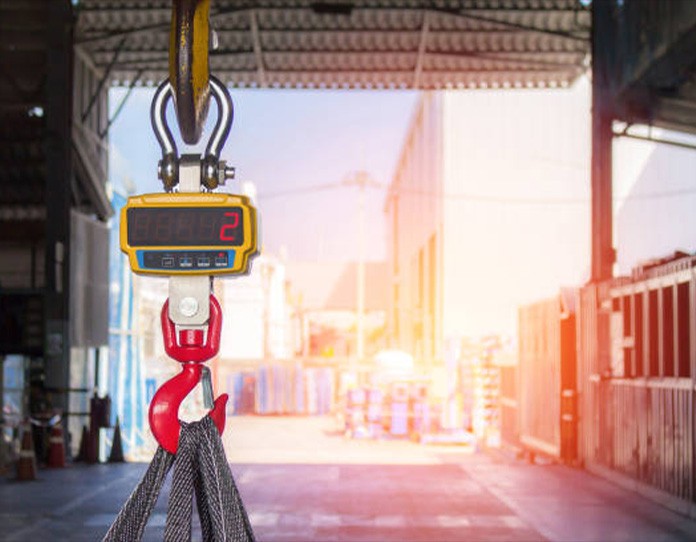
but if you need to use the balance in a draughty area there are some models that can have a draught shield such as the Ohaus Pioneer models with a readability of 0.001g
An electronic balance will normally have quite a small plate size to minimise any errors caused by air movement but won’t normally have a draught shield like the analytical balances but if you need to use the balance in a draughty area there are some models that can have a draught shield such as the Ohaus Pioneer models with a readability of 0.001g
There are many things to consider when choosing an electronic balance and if you’re not careful you could end up compromising on something important to get something that may not be a necessity. The following guide includes useful information to help you choose and ensure that the balance you buy has what you want without spending more than you need to
Please read on, browse though our range or give us a call for advice
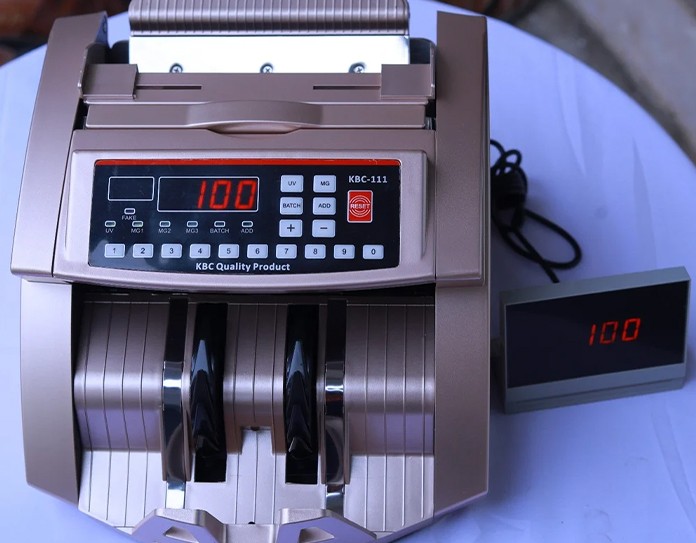
All the areas covered below will have an impact on the suitability of the electronic balance for your application and on a key deciding factor…the price
A 1000g x 0.001g balance with many built in applications, a touch screen and intuitive software is going to have a price tag to match and if your budget is say, £500.00, then you need to consider what the key features are. Choosing an electronic balance that includes the features you need
but doesn’t exceed your budget is an easier task than it sounds because there is a good range of balances available and we have chosen the electronic balances that provide the best value for money for our scalesandbalances web shop
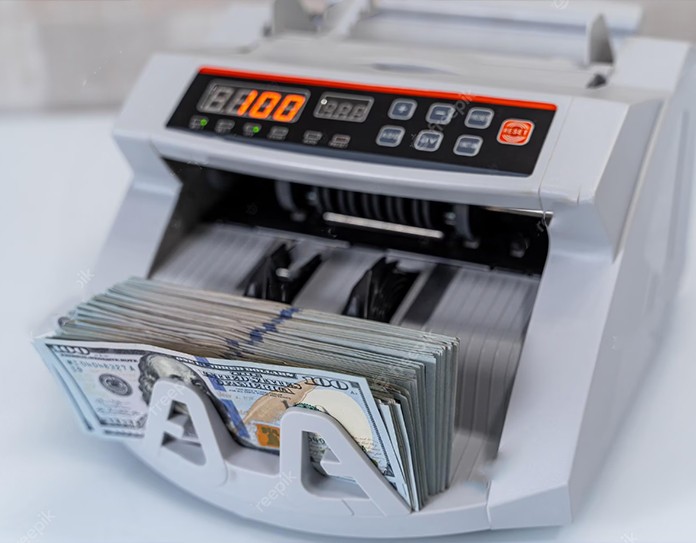
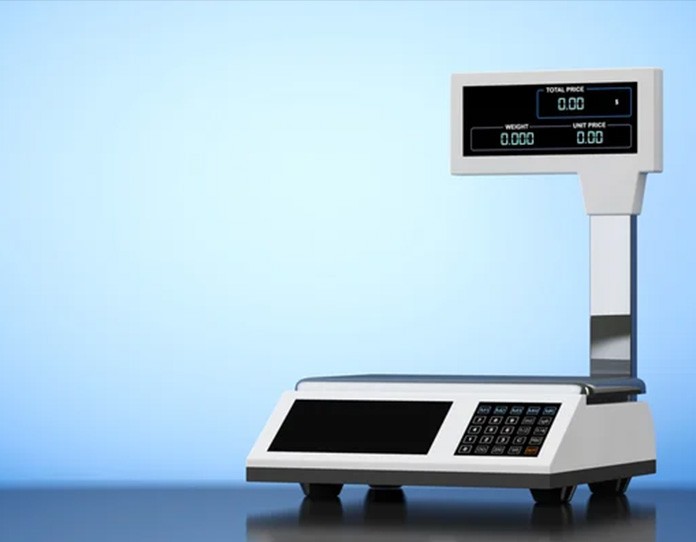
Secondly, choose the increment size of the electronic balance. Increment size is also known as readability, resolution or division size. This is the smallest unit the balance will display i.e. 0.1g increment size means the display on the balance will increment by 0.1g at a time
Please note that increment size is not the same as accuracy and you will need to check the datasheet for the balance to find the accuracy (maximum combined error) but it is normally in the range of +/- 2 divisions
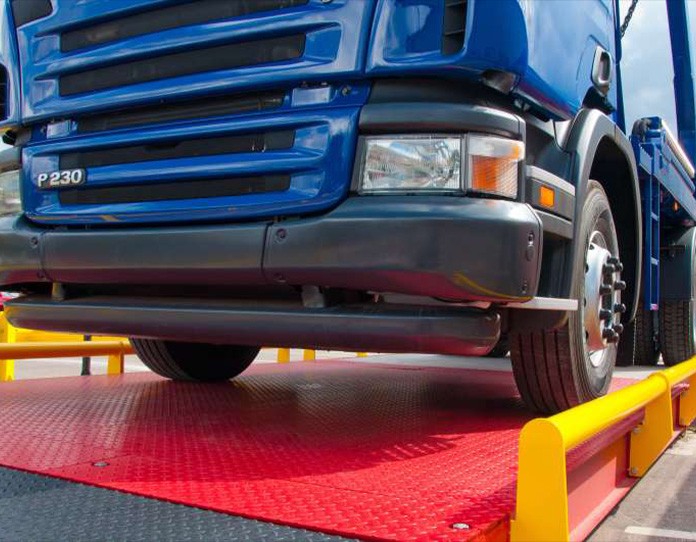
The smaller the increment size, the closer to you will be able to get to your desired weight, although a smaller increment size will also increase the price
To clarify; the accuracy of an electronic balance is the difference between the applied weight and the displayed weight and most manufacturers quote the accuracy on the product datasheets
If you want to ensure that your balance is always accurate then we recommend choosing a model with a built in calibration mass, like the A&D FZ-i or alternatively buy calibration weights to manually check and calibrate the balance

What features or built in applications do you need?
What units you want it to weigh in; grams, ounces, milligrams, grains or troy ounces for example
You may need a parts counting function, so you can count very small items into a container and the balance will tell you when you have reached the correct amount
A check weighing function will confirm the item or set of items is within specification
Some balances include statistical functions
The higher-end analytical balances such as the Ohaus Explorer have a comprehensive list of features
Please feel free to give us a call for advice

Large temperature changes can effect the accuracy of your balance but some of the high end electronic balances can automatically recalibrate to remove any errors that this may cause
Electrostatic issues can have an effect on the weighing results when weighing plastic components and other non-conductive parts, if this is an issue, consider using an de-ioniser to remove the static charge as an optional accessory

You may want to print your results, in which case you will need a compatible printer, an electronic balance that can be connected to a printer and any necessary cables
You may wish to store the data on a computer meaning you need data logging software and a balance that’s compatible
Some balances have density determination kits as optional extras if you are require density determination
You may also require more simple things, like a traceable calibration certificates for quality procedures and in-use covers to protect the display
